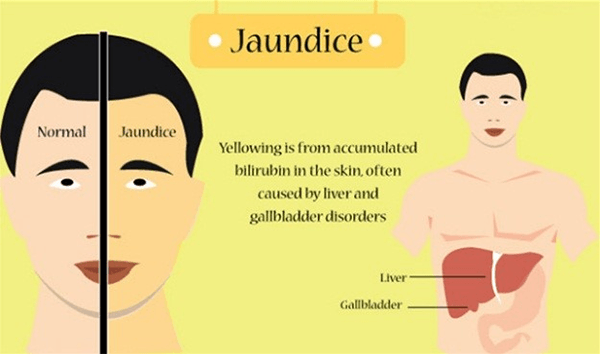
Understanding Jaundice: Causes, Symptoms, and Treatments
Jaundice, commonly known as yellow jaundice, is a medical condition characterized by yellowing of the skin and the whites of the eyes. It’s primarily caused by high bilirubin levels in the bloodstream, a condition known as hyperbilirubinemia. Dr. Ali Taj provides comprehensive care for patients with jaundice, offering personalized treatment plans tailored to the underlying cause of the condition. This guide will explore the causes, symptoms, and treatments for jaundice, with a focus on neonatal jaundice, jaundice in adults, and the importance of early diagnosis through jaundice tests.
What is Jaundice?
Jaundice is not a disease but rather a visible sign of an underlying disease process. The jaundice definition encompasses any condition that results in the accumulation of bilirubin in the body. Bilirubin is a byproduct of the body’s natural process of breaking down red blood cells.
Causes of Jaundice
Jaundice can occur at any age but is most common in newborns, known as neonatal jaundice. Causes of jaundice in newborns include premature birth, breastfeeding jaundice, and conditions like ABO incompatibility. In adults, causes of jaundice can range from hepatitis and alcoholic liver disease to more severe conditions like liver cancer jaundice and pancreatic cancer jaundice stages.
Jaundice Symptoms and Diagnosis
Common jaundice symptoms include yellowing of the skin and eyes, dark urine, and pale stools. In newborns, symptoms also include neonatal jaundice symptoms like lethargy and poor feeding. Diagnosis typically involves a blood test for jaundice, measuring bilirubin levels. For newborns, non-invasive methods like the transcutaneous bilirubin test are also common.
High Bilirubin Levels: What You Need to Know
High bilirubin in adults and newborns can lead to serious complications if left untreated. In newborns, high bilirubin levels can result in conditions like kernicterus, while in adults, it might indicate underlying liver or gallbladder problems. Understanding high bilirubin causes is crucial for effective treatment.
Jaundice Treatment Options
Treatment for jaundice varies based on the underlying cause. In newborns, treatments include phototherapy for jaundice, where light breaks down bilirubin in the skin, and in severe cases, neonatal jaundice therapies like exchange transfusions. For adults, jaundice treatment may involve medication, changes in diet, or in cases like liver cancer jaundice, more aggressive treatments.
At-Home Care and Prevention
Home phototherapy for jaundice has become an accessible option for treating neonatal jaundice. Additionally, at-home bilirubin tests and monitoring can help manage the condition effectively. Prevention involves maintaining a healthy lifestyle to avoid liver diseases and ensuring proper maternal health during pregnancy to prevent neonatal jaundice.
Conclusion
Jaundice is a significant health indicator that requires prompt attention and treatment. By understanding jaundice causes, symptoms, and treatments, individuals can seek timely medical help, potentially preventing severe complications. If you or your loved one is experiencing signs of jaundice, consult with healthcare professionals like Dr. Ali Taj for a comprehensive evaluation and personalized treatment plan.
Disclaimer: This blog post is for informational purposes only and should not be taken as medical advice. Consult with your healthcare provider for personalized medical recommendations.
